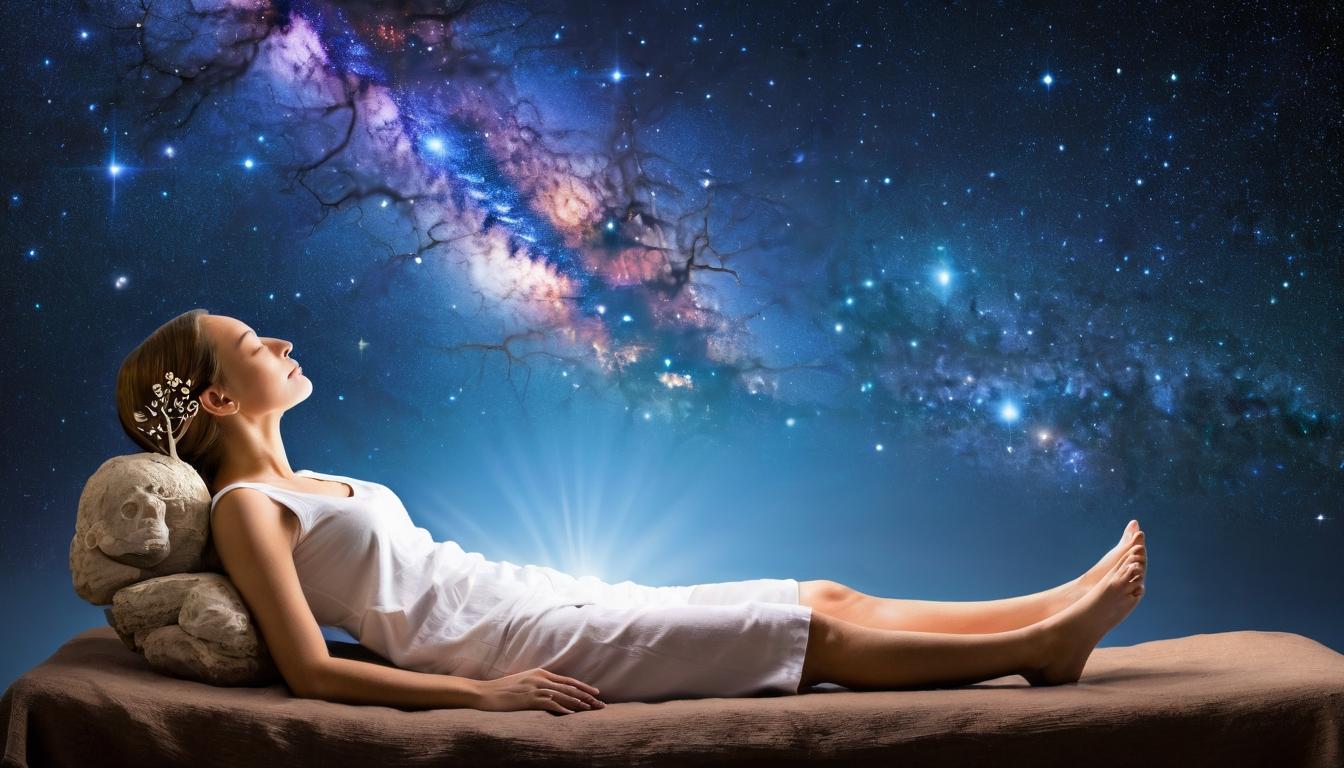In the quiet hours between midnight and dawn, something extraordinary happens to the human brain. While most of us drift through our dreams as passive observers, a growing number of people are learning to become conscious architects of their nocturnal adventures. This isn't New Age speculation—it's a practice with roots stretching back to Tibetan dream yoga and ancient Greek incubation rituals, now being validated by EEG machines in sleep laboratories worldwide.
What researchers are discovering challenges everything we thought we knew about consciousness. During lucid dreaming, the brain shows simultaneous activity in both REM sleep patterns and waking consciousness regions. It's as if the mind has found a way to be both asleep and awake at the same time, creating a unique state that neuroscientists call 'hybrid consciousness.' This paradoxical brain activity might hold the key to understanding how subjective experience emerges from neural networks.
The practical applications are staggering. Burn victims using lucid dreaming techniques report significantly reduced pain levels after practicing healing visualizations in their dreams. Athletes are improving their performance by rehearsing complex movements during sleep. People suffering from recurring nightmares are finding relief by consciously altering their dream narratives. One study even demonstrated that subjects could solve creative problems more effectively after lucid dreaming practice compared to regular sleep or waking contemplation.
Learning to lucid dream isn't about quick tricks or special supplements—though certain herbs like galantamine have shown promise in clinical trials. The most reliable methods combine reality testing (habitually questioning whether you're dreaming) with mindfulness meditation and sleep cycle manipulation. The MILD technique (Mnemonic Induction of Lucid Dreams) developed by researcher Stephen LaBerge remains one of the most scientifically validated approaches, with practitioners achieving lucidity within weeks of consistent practice.
What makes this practice particularly fascinating is how it bridges ancient wisdom and modern science. Tibetan monks have been practicing dream yoga for centuries as a way to prepare for the bardo state between death and rebirth. Meanwhile, tech companies are developing wearable devices that detect REM sleep and provide subtle cues to trigger lucidity. We're witnessing a rare convergence where spiritual tradition and cutting-edge technology are pointing toward the same profound truth: that consciousness is far more flexible and trainable than we ever imagined.
The implications extend beyond personal development. If we can consciously navigate the dream state, what does that reveal about the nature of reality itself? Quantum physicists have long noted parallels between the bizarre behavior of subatomic particles and the fluid logic of dreams. Some researchers speculate that lucid dreaming might offer a way to experimentally investigate consciousness without the constraints of physical reality.
As more people explore this frontier, we're collectively rediscovering that the most uncharted territory isn't in outer space or deep oceans—it's inside our own sleeping minds. The barriers between waking life and dream life are beginning to dissolve, suggesting that we might eventually develop what one researcher called 'continuity of consciousness' across all states of being.
This isn't just about having fun flying dreams or meeting dream characters—though those experiences certainly have value. It's about fundamentally expanding our understanding of what it means to be human. In a world that often feels increasingly fragmented, the practice of lucid dreaming offers a powerful reminder that we contain multitudes, and that the boundaries of our identity are more permeable than we dare to imagine.
The ancient art of lucid dreaming meets modern neuroscience

